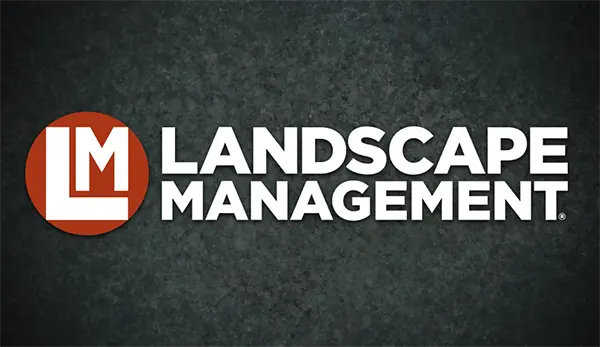How one lawn care company formed an R&D business unit to improve customer retention.
Joshua Anderson’s residential lawn care business, Team Green Lawn, grew almost as fast as his customers’ turf. Anderson started the business in 2004 with about 30 accounts. By 2008, the Xenia, Ohio-based company had 800 clients. But the fast-paced growth came at a price. The company’s service levels declined and customer retention suffered as a result.
“There was no longer that personal touch and connection with the customers,” Anderson recalls.
In 2012, he decided to explore a different approach to serving customers. He formed a separate business unit called Turfway Lawns that would serve primarily as a research and development (R&D) arm. The R&D business allows Anderson to try new strategies, products and services without risking the reputation of his primary business.
At Turfway Lawns, to control for variances only production managers were allowed to perform lawn applications rather than technicians. Anderson wanted to measure the impact of a more personalized approach to servicing clients.
“They were to handle all aspects of customer service and retention like they owned the accounts,” Anderson says. “I wanted them to know every customer personally and be on a first-name basis.”
The results were noticeably stronger. Within six months of forming Turfway Lawns, the company established 1,200 accounts and had a 15 percent higher customer-retention rate than Team Green Lawn. In addition, Anderson says morale across both companies rose along with and referral rates.
He attributes the success to providing more personalized service, similar to how he handled accounts when Team Green Lawn was much smaller.
Know your customer
When the company had a few dozen accounts, Anderson knew his customers by name, answered all their calls and attended to their needs individually.
That became impossible when the company’s customer list grew into the thousands. By 2009-2010, Team Green Lawn struggled to retain existing customers. Additionally, technicians were responding to calls outside their designated zones. This further strained relationships with customers because the technicians were not familiar with some clients’ properties.
Despite growing the customer base to 10,000-plus properties and annual revenue approaching $3.6 million, Anderson became discouraged.
“Problems were on the rise, and technicians were merging into neighboring zones, causing conflict with customers due to communication and routing issues,” he says. “Consistency of effort and morale wavered.”
Anderson wanted to regain the customer loyalty he experienced in the early years. He wanted to see if experienced managers made a difference in annual retention outcome by building personal relationships with customers.
He initially invested approximately $150,000 to set up offices, purchase equipment and hire sales representatives to sell the Turfway accounts. He gave two Team Green Lawn managers the responsibility of juggling Turfway accounts along with their Team Green Lawn obligations. Balancing the two jobs was difficult for the managers in the beginning, but they received additional pay from the new company, Anderson says.
Anderson provided cash bonuses to managers who met retention goals. Their goal was to record less than three full lawn-application program cancels per week or less than 20 full-program cancels per application round. The managers also were expected to develop a rapport with their clients. Anderson asked them to be a little less formal and address the clients by their first name.
“They were using the ownership-thinking mentality just like I used as a new lawn care guy who had a connection with his customers,” Anderson says.
He regularly rode along with the managers to see how they were interacting with customers. He also defined specific route zones so only the person assigned to a particular service area was responding to calls in that ZIP code.
Having an R&D company also balanced the risks of trying new products, Anderson says.
“If I try a new herbicide or fertilizer from a manufacturer I’ve never used before, instead of risking my entire customer base or reputation in a certain area from bad results with the use of a certain product for TGL, I could take all that risk and apply it to a smaller business like Turfway Lawns,” he says.
The results
Anderson already has applied some lessons learned at Turfway to Team Green Lawn.
For example, technicians at Team Green Lawn only are allowed to perform applications at properties in a designated ZIP code unless they have permission from management. This ensures customers are receiving consistent care from a single technician.
Anderson is still in the process of comparing retention rates between the two companies. The next step is to measure how well Team Green Lawn and Turfway can retain “saved” customers, defined as Team Green Lawn clients who canceled and then returned.
Anderson plans to keep the Turfway business operating until he decides he has enough information to implement necessary changes at Team Green Lawn or the business becomes too much of an expense burden.
Photo: Team Green lawn

